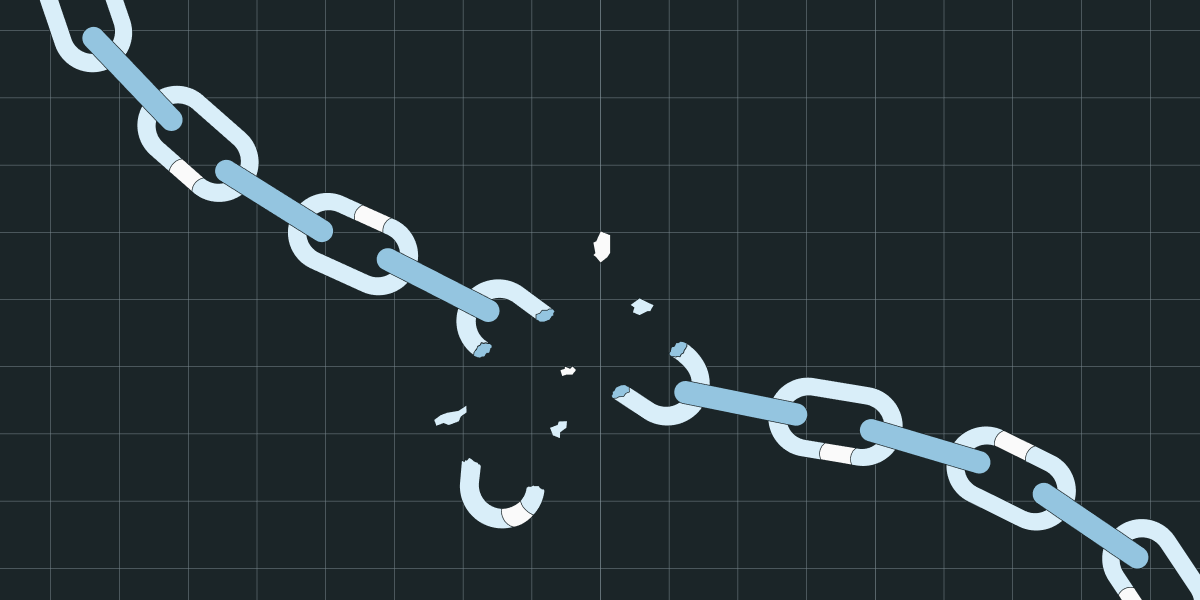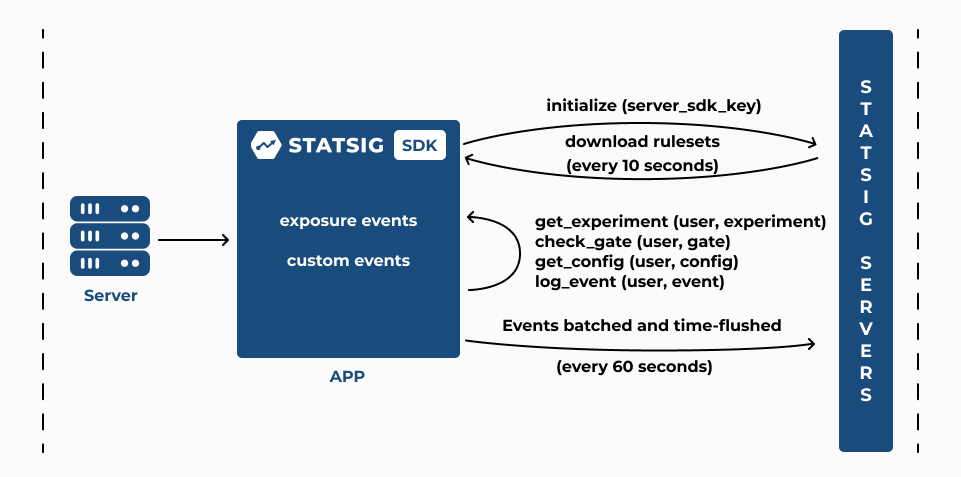
In the rapidly evolving world of software development, the conversation around open source has become more relevant than ever.
At Statsig, we've addressed the open-source versus paid Saas trend by providing both open-source and cloud-hosted solutions, ensuring that we cater to the diverse needs of developers, from hobbyists to large enterprises. But how and why does our approach stand out, especially when compared to fully open-source solutions?
Understanding open source and its industry implications
Open source refers to software whose source code is available for modification, and can be used or enhanced by anyone.
This model promotes collaboration and transparency, leading to innovative and reliable software solutions. The industry has seen a significant shift towards open source, especially in development tools, as it allows developers to tailor tools to their specific needs.
Where does Statsig fit?
At Statsig, we take a hybrid approach to this debate.
Our open-source commitment
We're proud to say that our SDKs are fully open-source. This choice reflects our commitment to transparency and community engagement, allowing developers to see how our tools work under the hood and contribute to their improvement.
What we keep close
Not everything we do is open source. This decision is driven by our focus on scalability, reliability, and providing a seamless experience for larger teams and organizations. For instance, our advanced features and the infrastructure that supports our cloud-hosted solutions are proprietary.

This ensures we can offer the robustness, support, and security our enterprise clients require.
Free feature flags
Our commitment to open source plays a crucial role in offering free feature gates. These flags allow developers to control who gets access to new features and when, providing a crucial tool for testing and iteration without the overhead of managing the infrastructure.
Why our model works
Choosing between fully open-source self-hosting and a platform like Statsig isn't just about the software. It's about the operational overhead, the need for dedicated engineering teams, and the flexibility to scale.
The challenge of full self-hosting
Fully self-hosting an open-source solution can be daunting. It often requires a dedicated team of engineers for operation and iteration, making it less than ideal for many organizations.
Statsig, however, offers the best of both worlds. Our SDKs provide a lightweight, open-source feature flagging solution that can be easily integrated and scaled.
We offer flexibility in operational involvement, from data adapters for Vercel and Cloudflare integrations to cloud-based and warehouse native options for experimentation hosting, for example.
📖 Related reading: The differences between cloud-hosted Saas versus open-source experimentation platforms.
The bottom line: Flexibility is key
At the end of the day, the most important factor is choosing a platform that fits your team's needs.
Statsig's model provides unparalleled flexibility, allowing you to start with a simple, open-source SDK and scale up to a full-featured, cloud-hosted solution as your needs evolve.
We believe that embracing open source without compromising on scalability is the future of software development tools. By offering a platform that supports this vision, Statsig stands out as a champion for developers at every stage of their journey.
Get started now!


